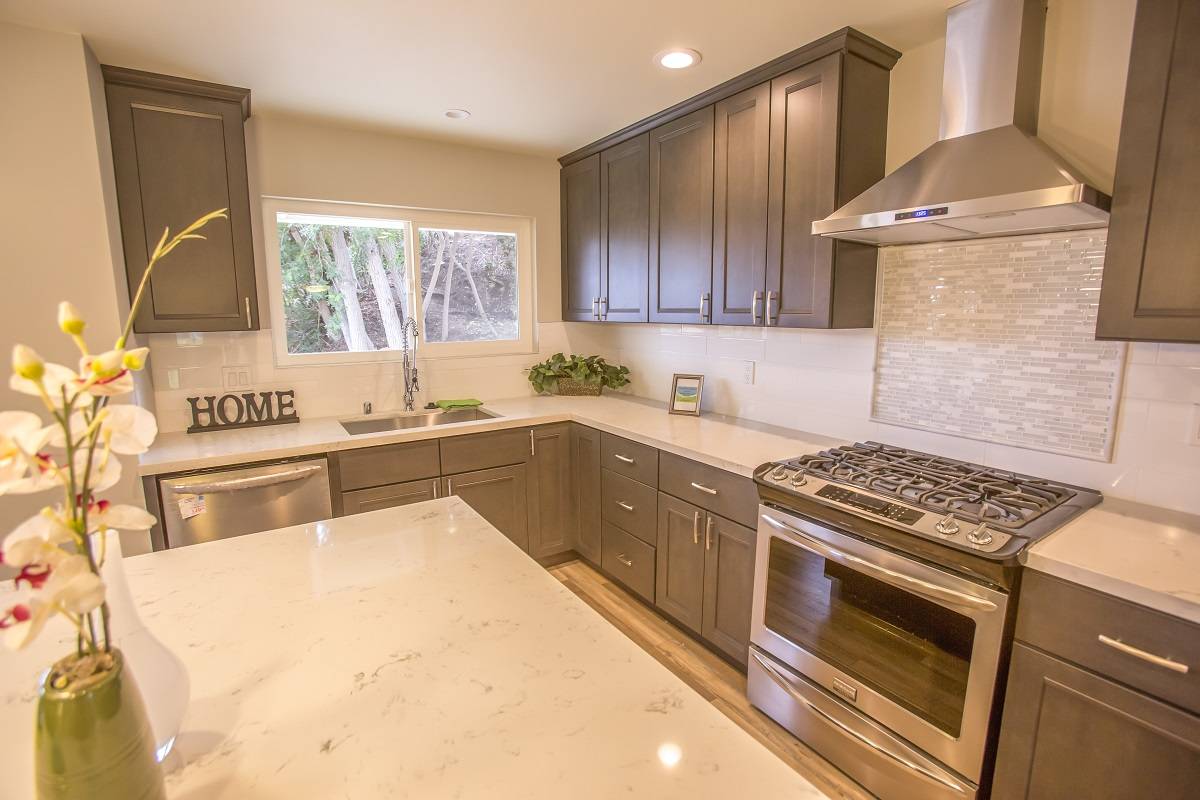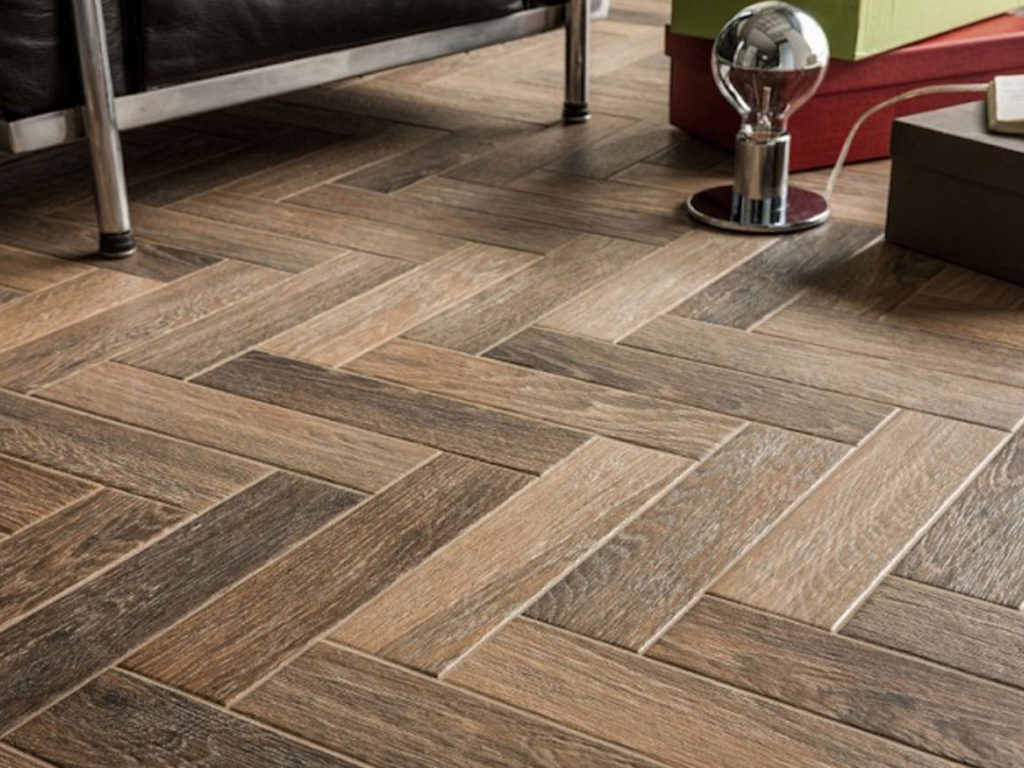The Appeal of Designer Cabinets with Granite and Tile

When it comes to home renovations, especially for kitchens and bathrooms, homeowners are always looking for ways to elevate the style and functionality of their spaces. Designer cabinets, paired with granite and tile, have become a popular choice for achieving both aesthetic appeal and long-lasting durability.
Aesthetic Benefits
This combination offers a wide range of design possibilities to suit various tastes and styles. Granite, with its natural beauty and unique veining patterns, adds a touch of sophistication and elegance. Tile, available in countless colors, patterns, and textures, provides a versatile backdrop for the cabinets, allowing for creative and personalized designs. The combination creates a cohesive and visually stunning look that enhances the overall appeal of the space.
Design Considerations for Cabinets, Granite, and Tile: Designer Cabinets Granite And Tile

Designer cabinets granite and tile – When designing a kitchen or bathroom, cabinets, granite countertops, and tile backsplashes play a crucial role in shaping the overall aesthetic and functionality of the space. Careful consideration of design elements, material choices, and color palettes is essential to create a cohesive and visually appealing environment. This section explores design considerations for cabinets, granite, and tile, offering guidance for achieving a harmonious and stylish outcome.
Kitchen or Bathroom Layout Design
Creating a functional and aesthetically pleasing kitchen or bathroom layout involves considering various factors, including traffic flow, appliance placement, and storage needs. Integrating designer cabinets, granite countertops, and tile backsplashes seamlessly into the layout is key to maximizing space and creating a visually appealing design.
| Column 1 | Column 2 | Column 3 | Column 4 |
|---|---|---|---|
|
Cabinet Placement
|
Granite Countertops
|
Tile Backsplashes
|
Overall Design Considerations
|
Color Palettes and Material Combinations
Selecting a harmonious color palette and material combinations is crucial for creating a cohesive and visually appealing design. Consider the following examples:
- Modern Kitchen: White cabinets with brushed nickel hardware, black granite countertops, and white subway tile backsplash with gray grout.
- Traditional Bathroom: Cherry cabinets with brass hardware, white marble countertops, and cream-colored subway tile backsplash with white grout.
- Contemporary Kitchen: Dark gray cabinets with stainless steel hardware, white quartz countertops, and black and white geometric tile backsplash.
These examples showcase different color palettes and material combinations that complement designer cabinets, granite, and tile, creating visually appealing and functional spaces.
Factors to Consider When Selecting Cabinets, Granite, and Tile
When choosing cabinets, granite, and tile, several factors should be considered to ensure a successful and long-lasting design:
- Cabinet Styles: Consider the overall design theme of the space, the desired level of functionality, and the budget.
- Granite Types: Evaluate the durability, stain resistance, and aesthetic appeal of different granite varieties.
- Tile Patterns: Explore various tile patterns and sizes to find the perfect match for the overall design and create visual interest.
- Color Coordination: Ensure the chosen colors complement each other and create a harmonious look.
- Budget: Set a realistic budget for each element to ensure a balanced and affordable design.
- Lifestyle: Consider the needs of the household and choose materials that can withstand everyday wear and tear.
Installation and Maintenance of Designer Cabinets, Granite, and Tile

Installing designer cabinets, granite countertops, and tile backsplashes can significantly enhance your kitchen or bathroom’s aesthetics and functionality. However, proper installation and maintenance are crucial to ensure their longevity and beauty.
Installing Designer Cabinets
Installing designer cabinets requires careful planning and execution. The process typically involves the following steps:
- Preparation: Clear the area, measure the space, and mark the wall for cabinet placement. Ensure the walls are level and plumb.
- Cabinet Assembly: Assemble the cabinets according to the manufacturer’s instructions. This often involves attaching doors, drawers, and shelves.
- Installation: Attach the cabinets to the wall using screws or brackets. Ensure they are securely fastened and level.
- Finishing Touches: Install cabinet hardware, such as knobs, pulls, and hinges. Adjust the cabinet doors and drawers for smooth operation.
Installing Granite Countertops
Installing granite countertops is a specialized task that requires professional expertise. Here’s a simplified overview of the process:
- Template Creation: A professional fabricator will create a template of your countertop using a specialized tool. This ensures a precise fit.
- Granite Cutting and Fabrication: The granite slabs are cut and fabricated according to the template. Edges are polished and sink cutouts are made.
- Installation: The fabricated granite countertop is installed on top of the cabinets using adhesive and fasteners. It’s essential to ensure proper support and levelness.
- Sealing: After installation, the granite countertop is sealed to prevent staining and protect its surface.
Installing Tile Backsplashes
Installing tile backsplashes adds a decorative touch and protects the walls from splashes and spills. Here’s a step-by-step guide:
- Preparation: Clean the wall surface and apply a layer of thin-set mortar. Ensure the wall is level and plumb.
- Tile Layout: Plan the tile layout, considering the size and shape of the tiles and any design patterns. Mark the wall for tile placement.
- Tile Installation: Apply thin-set mortar to the back of the tiles and press them onto the wall, ensuring they are level and flush. Use spacers to maintain even grout lines.
- Grouting: Once the mortar has dried, apply grout to fill the spaces between the tiles. Use a grout float to spread the grout evenly and remove excess.
- Sealing: After the grout has dried, seal the tile and grout to prevent staining and make cleaning easier.
Maintaining Designer Cabinets
Designer cabinets require regular cleaning to maintain their beauty and functionality.
- Dusting: Dust the cabinets regularly using a soft cloth or feather duster.
- Cleaning: Wipe down the cabinet surfaces with a damp cloth and mild soap. Avoid harsh chemicals or abrasive cleaners that can damage the finish.
- Hardware: Clean cabinet hardware regularly with a soft cloth and mild soap. Avoid using harsh chemicals or abrasive cleaners that can damage the finish.
- Drawer Slides: Lubricate drawer slides periodically to ensure smooth operation.
Maintaining Granite Countertops
Granite countertops require proper sealing and regular cleaning to prevent staining and maintain their luster.
- Sealing: Seal the granite countertop every 1-2 years to protect it from stains. Apply a sealant according to the manufacturer’s instructions.
- Cleaning: Clean the granite countertop regularly with a mild soap and water solution. Avoid using harsh chemicals or abrasive cleaners that can damage the surface.
- Hot Pads: Always use hot pads or trivets to protect the granite surface from heat damage.
- Cutting: Avoid cutting directly on the granite surface. Use a cutting board to protect it from scratches.
Maintaining Tile Backsplashes, Designer cabinets granite and tile
Tile backsplashes require regular cleaning to keep them looking their best.
- Cleaning: Clean the tile backsplash regularly with a mild soap and water solution. Avoid using harsh chemicals or abrasive cleaners that can damage the grout.
- Grout Cleaning: Clean the grout regularly with a grout cleaner to remove dirt and grime. Use a soft-bristled brush to scrub the grout.
- Sealing: Seal the grout every 1-2 years to prevent staining and make cleaning easier. Apply a sealant according to the manufacturer’s instructions.
Designer cabinets, granite countertops, and stylish tile backsplashes – these elements create a beautiful and functional kitchen. But before you can enjoy the fruits of your labor, you need to ensure those cabinets are securely in place. Mounting kitchen cabinets to the wall is a crucial step, requiring careful measurements and sturdy hardware.
Once you’ve mastered that, you can fully focus on the final touches that will make your kitchen a masterpiece.
Designer cabinets, granite countertops, and tile backsplashes can transform a kitchen into a stunning masterpiece, but sometimes, even the most beautiful space needs a little extra help with organization. That’s where a suncast utility wall cabinet can come in handy, offering a dedicated space for cleaning supplies, tools, or other items that might otherwise clutter up your designer space.
It’s all about balancing aesthetics and functionality, and a well-placed utility cabinet can help you achieve both.